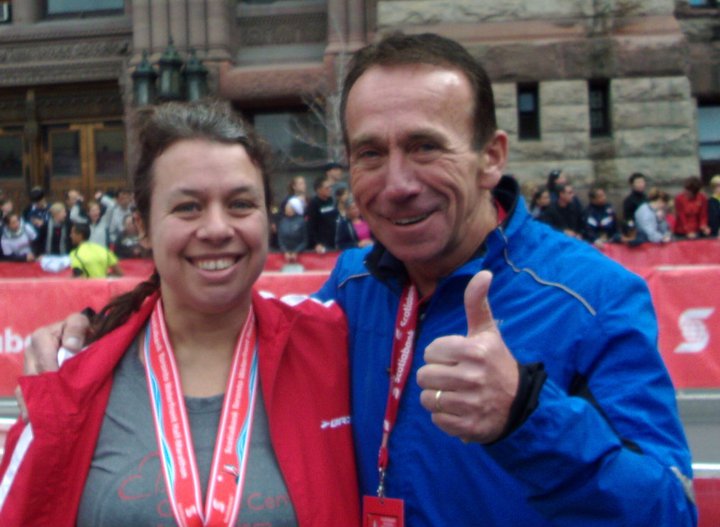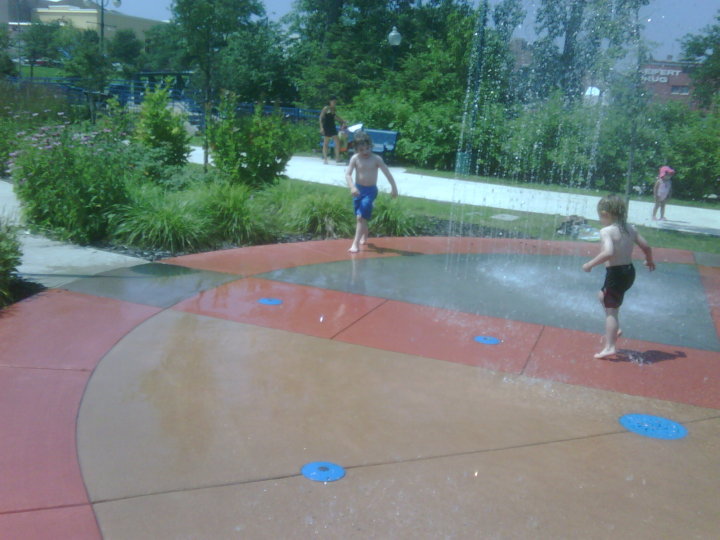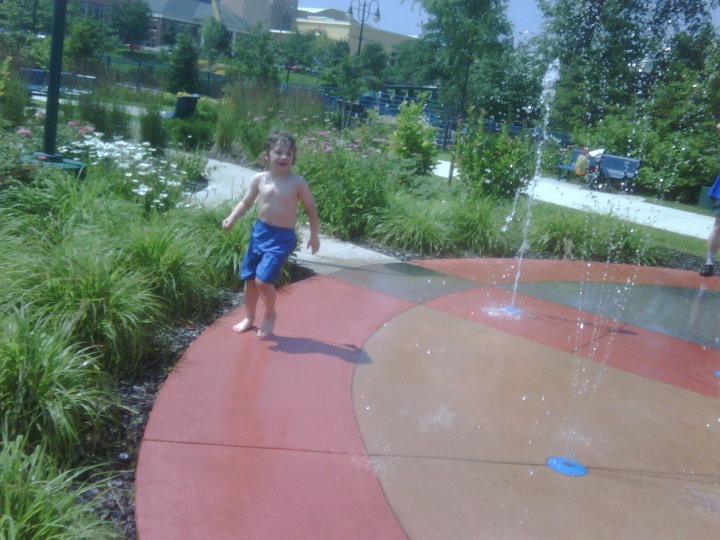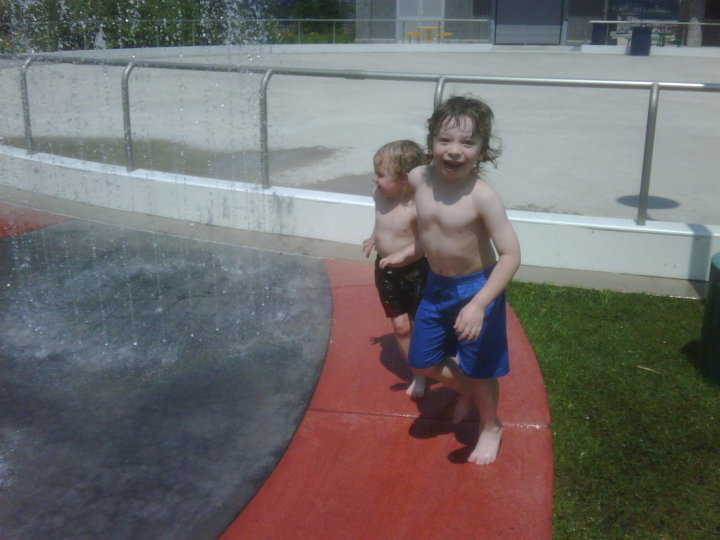George has been getting into everything lately. And I mean everything. He opens and closes doors, peers into the refrigerator, moves the lever on the dishwasher door back and forth, and sends the blender into a fruitless frenzy of activity. He gets into cupboards and removes things. He finds stuff that can be poured, and he pours it. He turns taps on and off. He has succeeded in deprogramming the remote several times. He finds things in squirt bottles and squirts them. He jabs the straw into those little cardboard juice boxes, and then gives an almighty squeeze to see the juice shooting up and hitting the ceiling. The light on the fish tank gets turned on and off so often that the poor fish have probably completely lost any circadian rhythm they had to begin with.
As much as George loves to fidget with things, turn things on and off, open and close things, pour things, he hates it when anyone else does anything. My attempts to cook dinner, for instance, are accompanied by this contant commentary. Close the fridge. Microwave off. Close the dishwasher. Close the drawer. Close the cupboard. Leave the milk. Tap off. And on and on and on. While all of this is going on, I’m tripping over a lanky seven-year-old who is darting around the kitchen trying to put things away, close things, and turn things off.
Running the kids’ bath last night was an adventure. James picked out two boats that he wanted to play with in the bath. He put them in the tub, I started the water running. I did what I usually do, which is to close the bathroom door and then go off to gather towels and pajamas while the water is running. When I went back into the bathroom a couple of minutes later, the water had been turned off, the tub was empty, and James’ boats were nowhere in sight. James, it must be said, was not at all pleased.
After a brief search, the boats were located in a toy box, and we tried again. This time, James stood guard at the closed bathroom door, like a miniature sentry. Gerard worked hard to distract George, who was repeatedly going, “Tap off! Tap off!” After what felt like seventeen hours but was in reality a couple of minutes, the bathtub was ready, and I turned the tap off. George was instantly calm.
James was happy. He climbed into the tub and started playing happily with his boats, among the bubbles in the water. George had kicked up such a fuss that I was not really expecting him to get in. But he ran off to get a few pieces of Lego, which he tossed into the water. Then he calmly got in, sat down in the water, and played with his Lego.
When compared with a lot of the other stuff I have to deal with on a day-to-day basis, this behaviour is really not that bad. It’s just inconvenient and exhausting to deal with all the time. There is, however, a giant silver lining to it: when George is engaging in this behaviour, he is a lot more verbal than usual. We are trying to look past the messes and spills, the fact that we have to keep replacing groceries that get poured out, and the general inconvenience of it all, to see the potential opportunities offered by the increased use of words.
Sometimes troublesome behaviour is a predecessor to a giant leap of progress. Even while I complain about the fact that it takes me twice as long as it should to get anything done, I recognize that this could mean exciting times for ourselves, and more importantly, for George.














